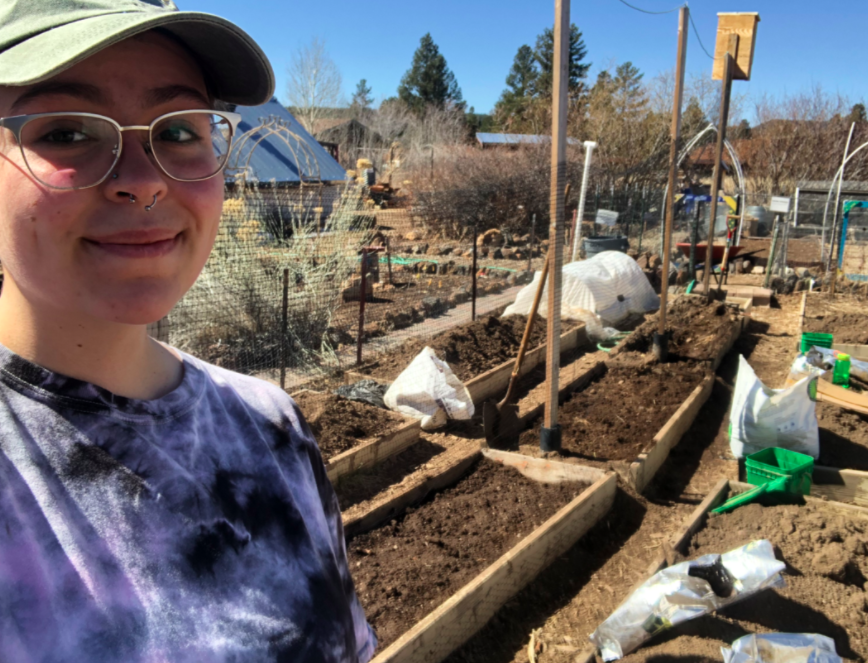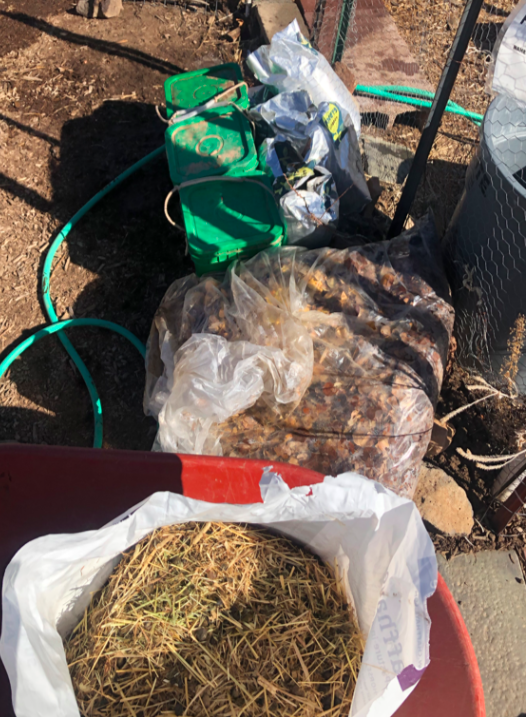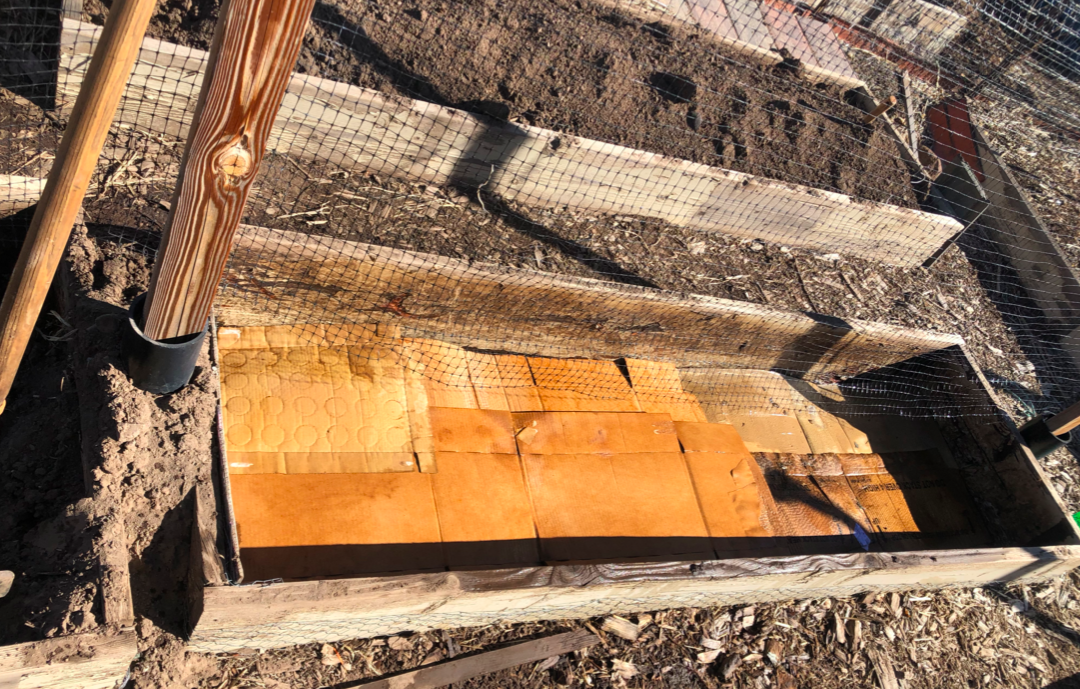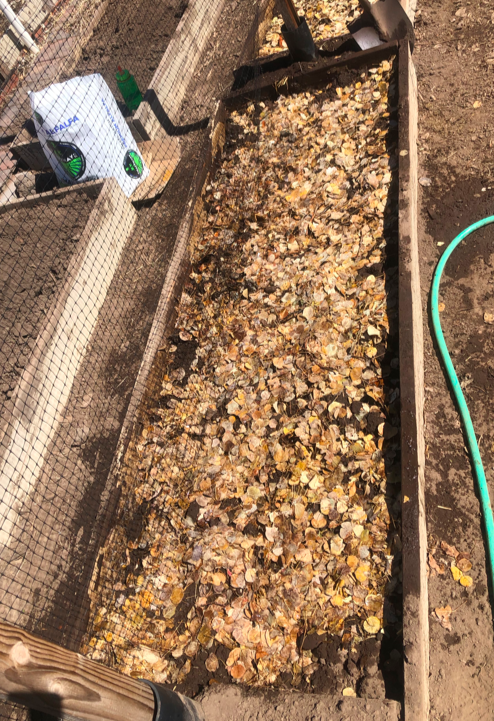Rosemary LoganCheckout the Spring 2020 section of NAU's two-semester Permaculture Design Course Blog! Archives
December 2023
Categories |
Back to Blog
Colton Community Garden is located at the Museum of Northern Arizona (www.musnaz.org). The garden is entirely volunteer based and most projects and planting is done in a collective effort. There is a solid group of dedicated volunteers, most notably being Carol Fritzinger. She has been appointed the Garden Manager and has revitalized the Colton Community Garden and made the garden a really special place to be.
I am able to have a compost bin at my house, but not a whole system in the back yard. Because of this, I deliver my compost to the Colton Community Garden. Turns out, Fritz needed help with converting three more garden beds into lasagna beds. I was semi-familiar with lasagna beds, but I had never built one before. The awesome aspect about lasagna beds is that they are essentially ready-made compost beds that can be directly seeded and transplanted in. There is no strict formula for constructing a lasagna bed, but in general, “brown” and “green” materials are layered, like a lasagna casserole, over a heavy layer of organic material such as cardboard and newspaper. Brown materials are high in carbon and can consist of dried leaves, mulch, and straw or hay. Green materials are high in nitrogen and can include fresh yard and kitchen waste as well as manure. You ~can~ get super technical about it, but plants LOVE carbon and nitrogen, so its no biggie if you don't follow an exact science. The process for building these specific lasagna beds went as follows: I dug out the current beds, carefully saving the existing soil. Then, I removed the plastic from the cardboard box and placed them on the bottom of the bed, followed by enough water to thoroughly soak the cardboard. A layer of soil was added. I then put a few containers of raw compost and followed with another layer of soil. Next, I dumped coffee grounds from Starbucks in the bed, also followed by soil. The next few layers of brown and green material consisted of leaves and animal manure, separated by layers of soil. Once the bed was full and topped off with soil, a burlap covering was placed over the exposed soils to prevent erosion and the loss of soil. Working at the Colton Community Garden and helping Fritz with installing lasagna beds has so much potential impact on the garden. Soil made in lasagna beds is packed with carbon and nitrogen, which plants thrive from. Produce grown in these beds will have higher yields, grow stronger, and will serve more people than produce grown in regular garden soil. The impact the community gardens and composting can have in the world is insurmountable. We can heal social and ecological connections by composting and gardening as a community. Happy Gardening!!! <3 -Pamela Hobbs-Laventall
0 Comments
Read More
Leave a Reply. |
 RSS Feed
RSS Feed




